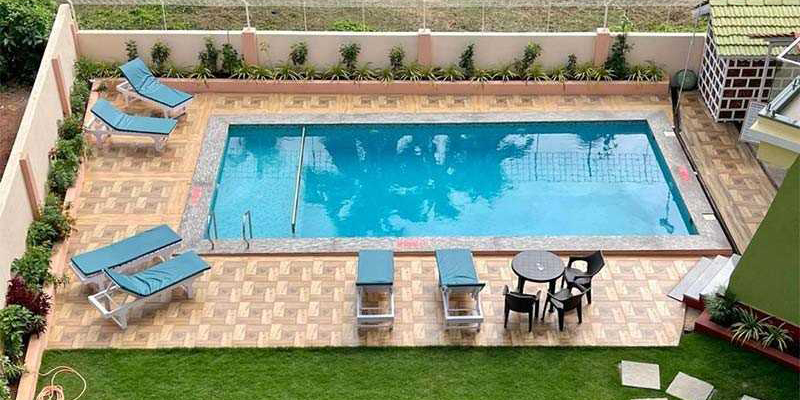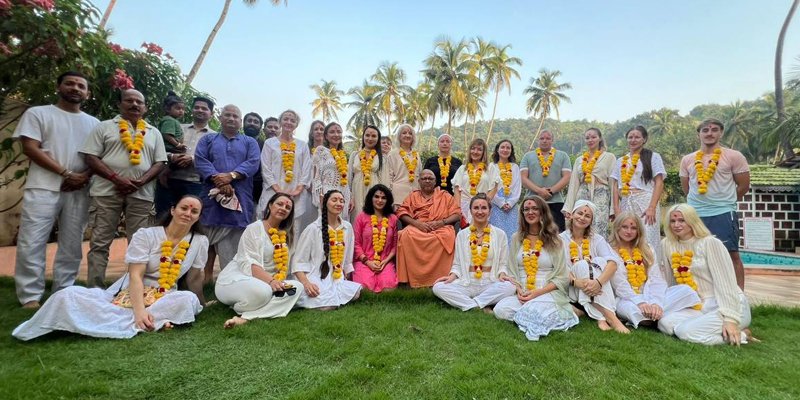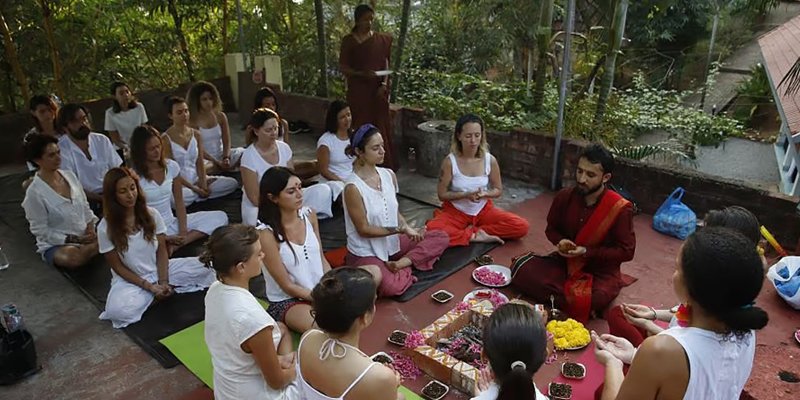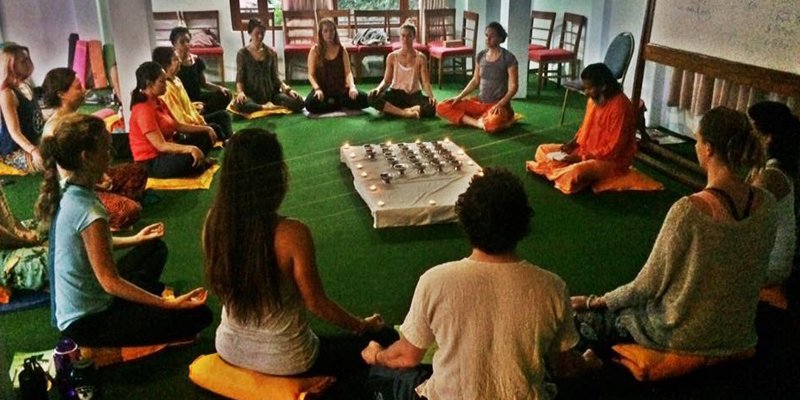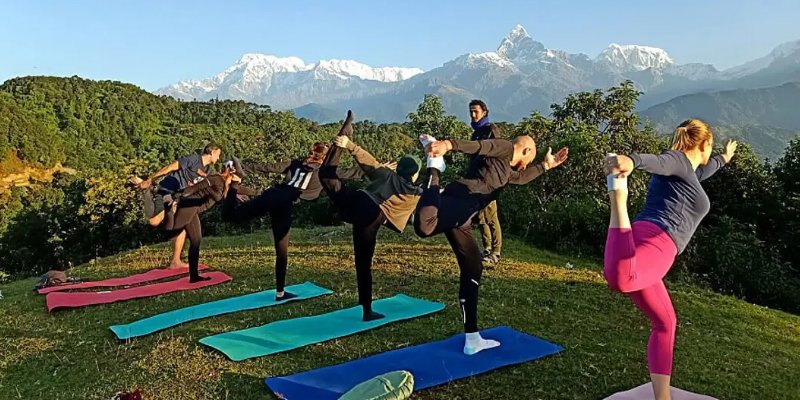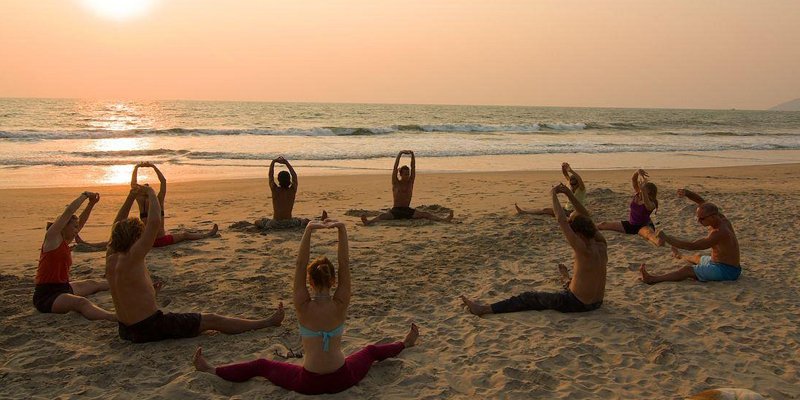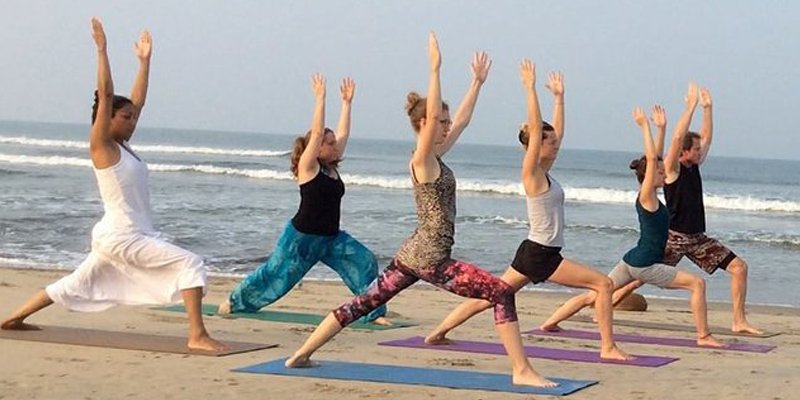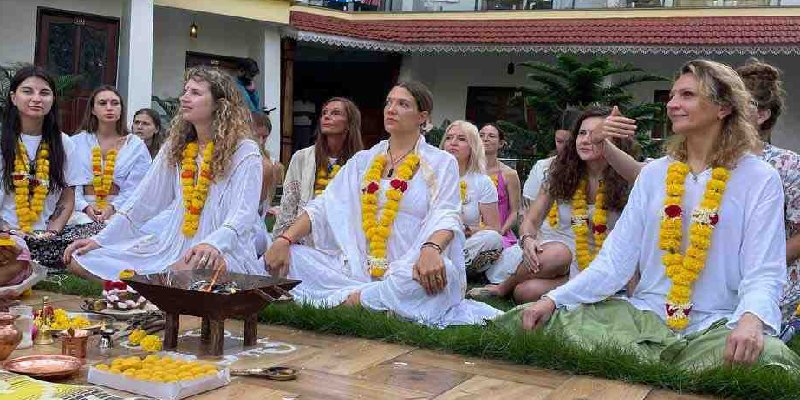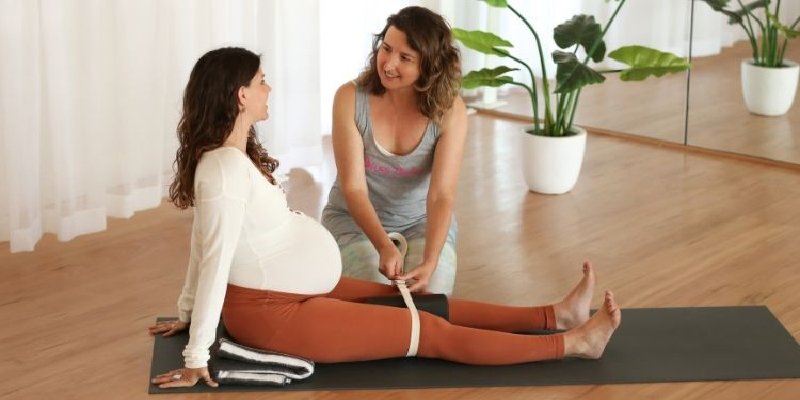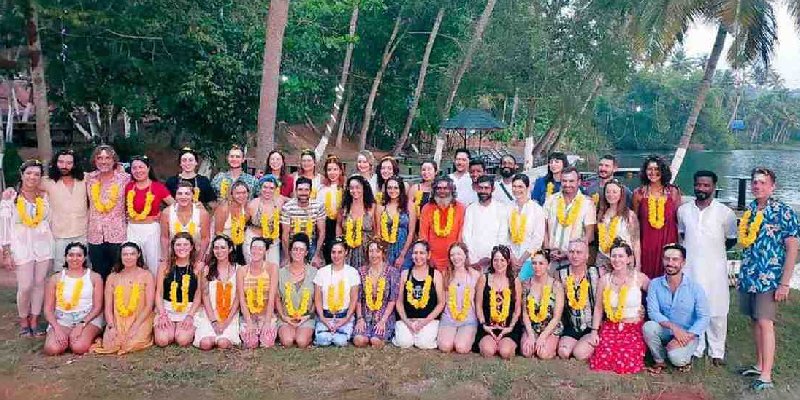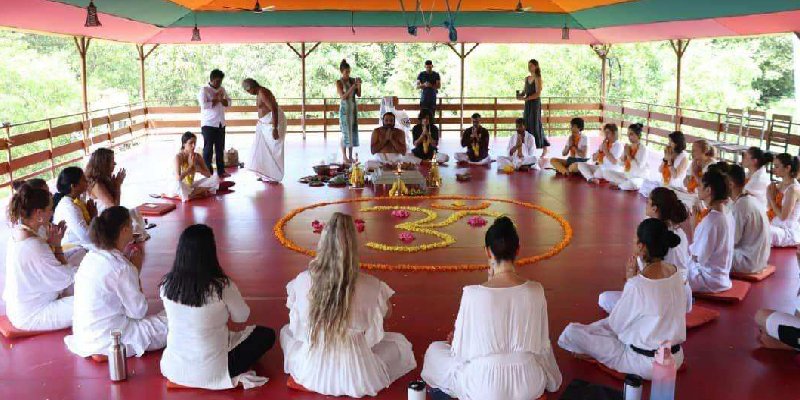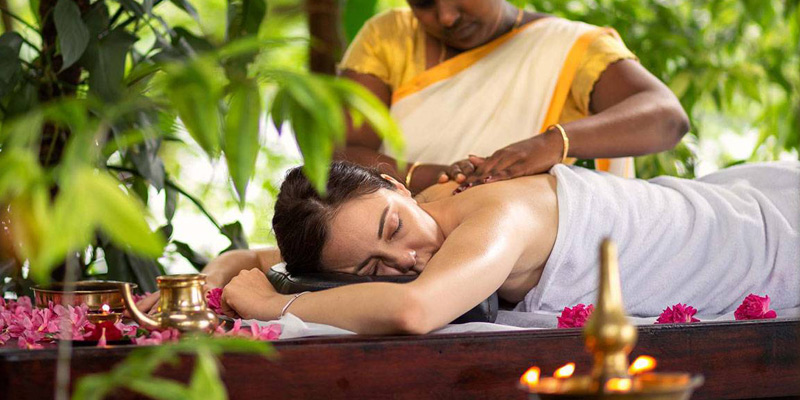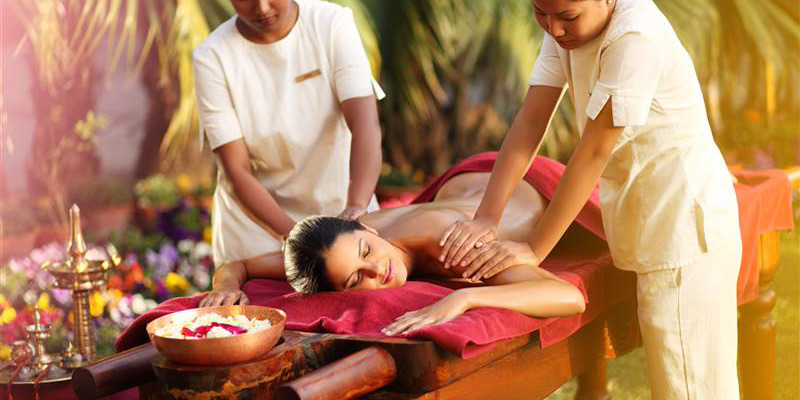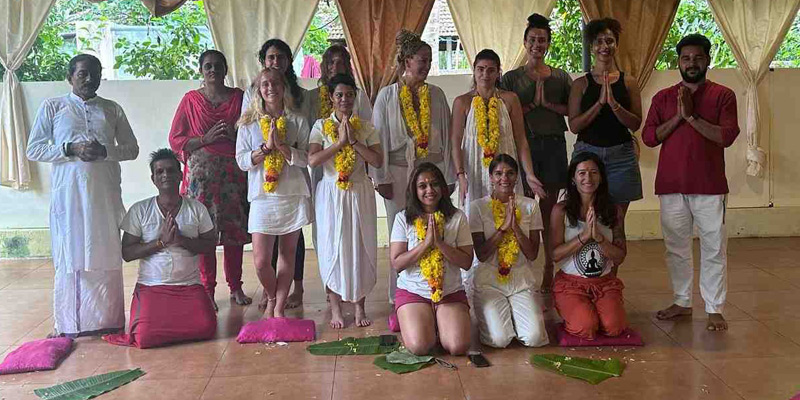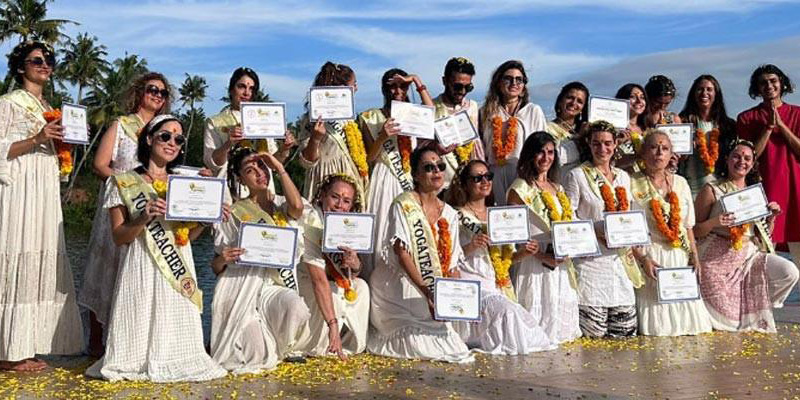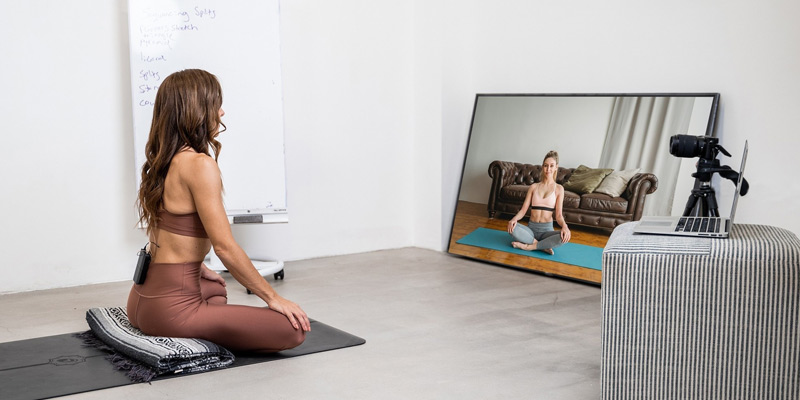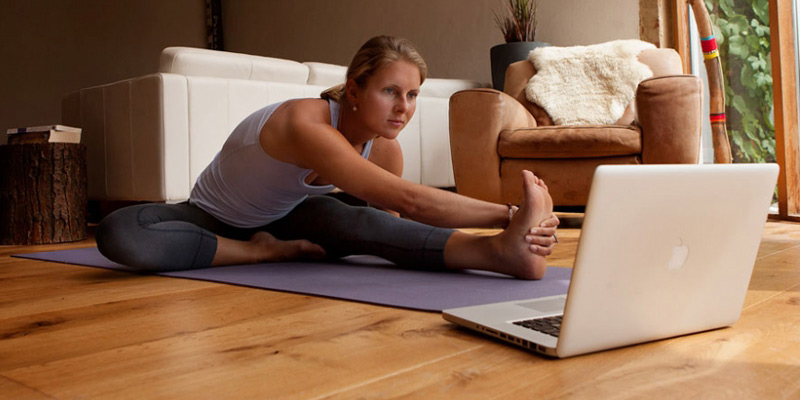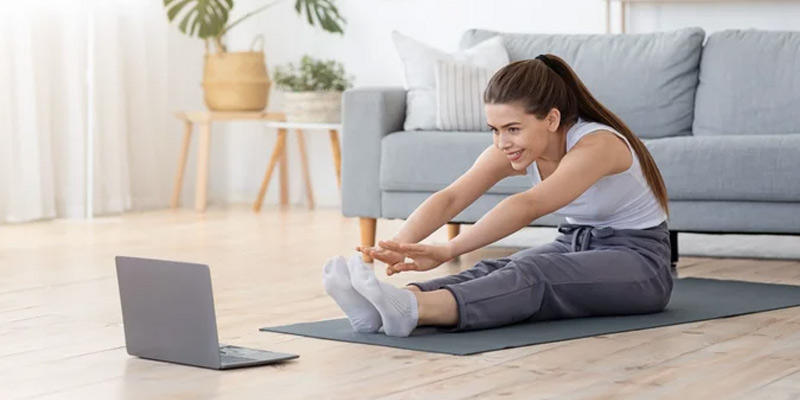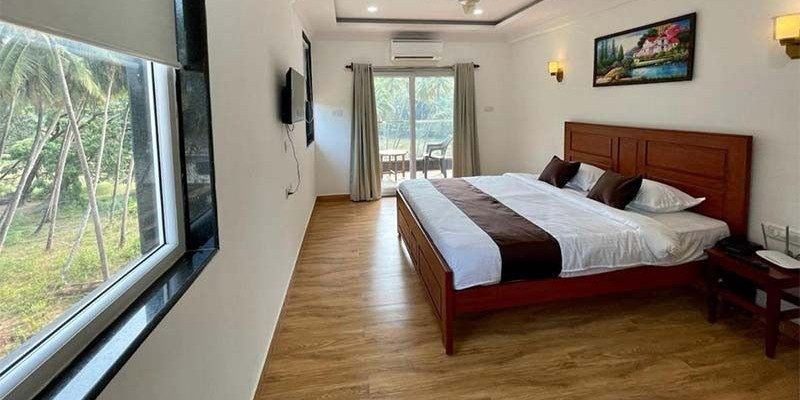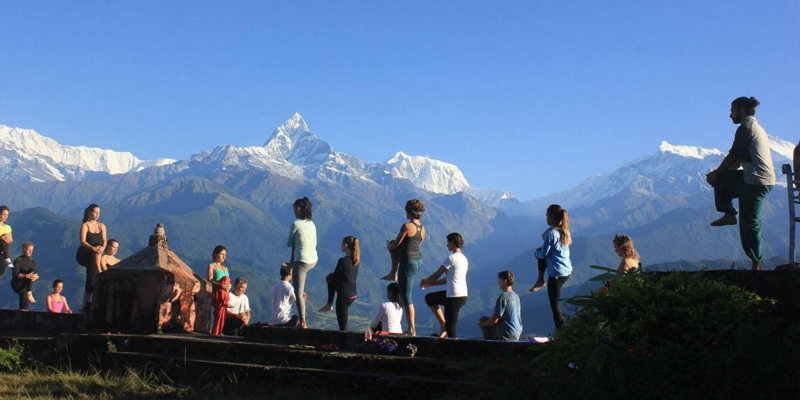1. Yoga Style
Different schools may emphasize various styles of yoga, such as Hatha, Vinyasa, Ashtanga, or Iyengar. Before enrolling, reflect on which style resonates with you the most. If you’re passionate about a specific practice, look for a school that specializes in that style. Many schools offer training in multiple styles, allowing you to explore and find what best suits your teaching philosophy.
2. Instructor Qualifications
The quality of your instructors is crucial to your learning experience. Research the credentials and teaching experience of the faculty members at the school. Many reputable schools feature experienced teachers with extensive backgrounds in yoga, anatomy, and philosophy. Reading reviews and testimonials from former students can also provide insight into the teaching quality and the overall atmosphere of the program.
3. Curriculum and Course Structure
Take a close look at the curriculum and course structure of the program. A well-rounded 200-hour YTTC should cover the essential aspects of yoga, including asana practice, pranayama, meditation, anatomy, and teaching methodology. Ensure the school offers adequate practice teaching opportunities, allowing you to gain confidence in leading classes. Some schools also provide additional workshops or specialized topics, enriching your overall training experience.
4. Class Size and Student-to-Teacher Ratio
Smaller class sizes often lead to more personalized attention from instructors, enhancing your learning experience. Inquire about the maximum number of students allowed in each training session. A favorable student-to-teacher ratio enables instructors to provide individualized feedback and support, fostering a more intimate learning environment.
5. Location and Accommodation
The setting of your training can significantly impact your experience. Goa offers a variety of environments, from bustling beach towns to peaceful retreats in nature. Consider what kind of atmosphere you thrive in and choose a location that aligns with your preferences. Additionally, check if the school provides accommodation options, and assess the living conditions to ensure they meet your comfort needs.
6. Cost and Value
While cost shouldn’t be the only deciding factor, it’s essential to consider the overall value of the program. Some schools may offer lower prices but might not include essential amenities like meals, accommodation, or extra workshops. Compare the costs and what each program offers to ensure you receive a comprehensive education that justifies the investment.
7. Reviews and Reputation
Researching reviews and testimonials from previous students can provide valuable insights into the program's quality and the overall experience. Look for feedback on teaching quality, curriculum effectiveness, and the school’s atmosphere. Engaging with alumni through social media groups or forums can also help you gather firsthand accounts of their experiences.
The Experience: Daily Life in a YTTC
A typical day in a 200-hour Yoga Teacher Training Course in Goa often follows a structured routine, designed to immerse you in the practice of yoga while facilitating your learning. Here’s a glimpse into what you can expect:
1. Morning Sessions
Most days begin early in the morning with a yoga practice, usually starting around 6:30 AM. These sessions focus on asana practice, allowing students to explore different postures and techniques. Following the physical practice, there may be a guided meditation or pranayama session, helping to center the mind and prepare for the day ahead.
2.Theory Classes
After breakfast, students usually participate in theory classes that cover various topics, such as yoga philosophy, anatomy, and teaching methodology. These sessions provide the foundation for understanding yoga beyond the physical practice, delving into its history, principles, and the science behind movement and alignment.
3. Afternoon Practices
In the afternoons, students often engage in practice teaching sessions, where they apply what they have learned by leading fellow students in classes. This hands-on experience is crucial for building confidence and refining teaching skills. Feedback from instructors and peers during these sessions fosters growth and improvement.
4.Evening Rituals
Evening sessions might involve restorative yoga classes, allowing students to wind down and integrate their learning from the day. Some schools may also offer workshops on specialized topics, such as Ayurveda or advanced asana techniques. Following the evening practice, students often gather for community dinners, sharing experiences and fostering camaraderie.
5. Post-Training Opportunities
Upon completing a 200-hour YTTC, graduates have various paths to explore in the world of yoga. Many choose to teach classes in studios, gyms, or wellness retreats, while others may pursue additional certifications in specialized areas, such as children’s yoga, yoga therapy, or advanced teacher training (300-hour courses).
Additionally, some graduates opt to continue their studies in yoga philosophy, Ayurveda, or related fields, expanding their knowledge and expertise. The skills gained during the training—such as communication, mindfulness, and self-awareness—also serve students well in their personal lives, promoting a balanced and enriched existence.
Conclusion
Enrolling in a 200-hour Yoga Teacher Training Course in Goa is more than just a step toward becoming a yoga teacher; it’s an opportunity for personal growth, self-discovery, and community building. The combination of immersive training, stunning natural surroundings, and a supportive environment makes Goa an exceptional choice for aspiring yoga instructors.
With careful consideration of the factors mentioned above, you can find a program that resonates with you and sets you on the path to a fulfilling and transformative yoga journey. Whether you aim to teach or simply deepen your practice, a 200-hour YTTC in Goa promises an unforgettable experience that will stay with you for years to come.

